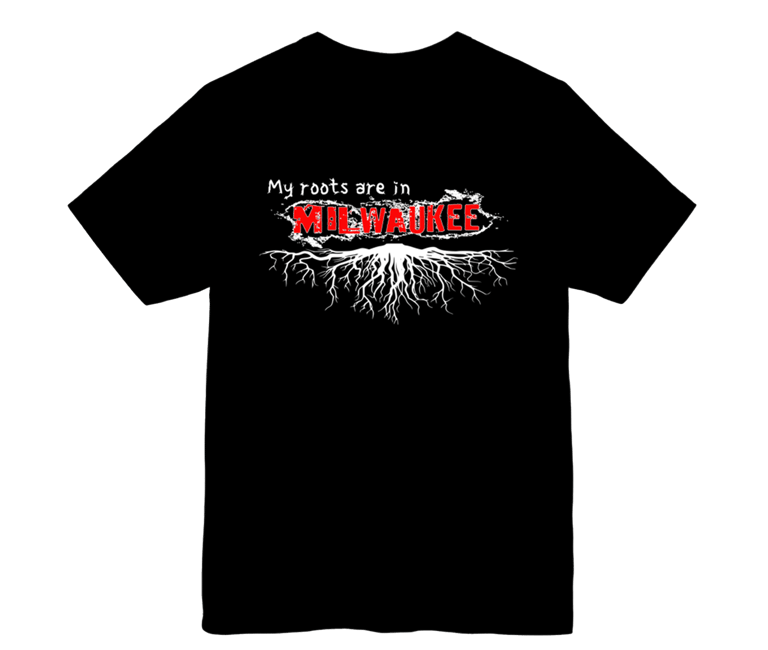Exploring DTF Designs: Elevate Your T-Shirt Game
Direct to Film (DTF) design is an innovative printing technology that has redefined the way images and artwork are transferred onto fabric. This method involves printing high-quality images onto a special film which is then applied onto garments using heat transfer
DTF DESIGNS


DTF stands for Direct-to-Film printing. It is a modern heat transfer method used for printing designs on various textiles and other substrates. Unlike DTG (Direct-to-Garment), which prints directly onto the fabric, DTF is a two-step process: printing on a film first, then transferring the design to the garment.
The DTF Printing Process
The DTF process is a multi-step workflow that requires specific materials and equipment.
Print to Film: A specialized DTF printer uses water-based pigmented inks to print a design onto a clear PET (Polyethylene Terephthalate) film.5 The design is printed in CMYK color, followed by a final layer of white ink printed on top.6 The white ink serves as a base that makes the colors vibrant on any garment color and is the layer to which the adhesive powder will stick.7
Apply Adhesive Powder: While the ink is still wet, a hot-melt adhesive powder is applied evenly over the entire print.8 Any excess powder is shaken off.9 This powder will act as the glue that bonds the design to the fabric during the heat press stage.10
Cure the Powder: The film is then cured in a DTF oven or with a heat press to melt the adhesive powder onto the printed design.11 When properly cured, the powder takes on a smooth, slightly textured appearance.
Heat Press: The cured film is placed on the garment and a heat press is used to apply heat and pressure, which melts the adhesive and transfers the design from the film to the fabric.12
Peel: After the transfer, the film is peeled away, leaving the finished design on the garment.13 The type of film determines if it's a "hot peel" (peeled immediately) or "cold peel" (peeled after cooling).14
DTF vs. DTG: Key Differences
DTF and DTG are both digital printing methods for apparel, but they have distinct advantages and disadvantages that make them suitable for different applications.15
Fabric Versatility: DTF is highly versatile and works on a wide range of fabrics including cotton, polyester, nylon, and various blends, regardless of color.16 DTG is best suited for 100% cotton garments because the ink is absorbed directly into the natural fibers.17
Feel & Durability: DTG prints have a very soft feel, as the ink becomes part of the fabric itself.18 DTF prints have a slightly thicker, plastic-like feel due to the adhesive and film transfer, but they are also more durable and stretch-resistant.19 DTF prints can withstand more washes without cracking or fading compared to DTG.20
Pre-treatment: DTG requires a pre-treatment solution for dark-colored garments, which adds an extra step to the process.21 DTF doesn't require any pre-treatment, making it a faster and simpler process for many jobs.22
Cost & Production: DTF is often more cost-effective for small-batch and custom jobs because there's less setup time.23 You can also create transfers ahead of time and apply them on-demand, which adds production flexibility.24
